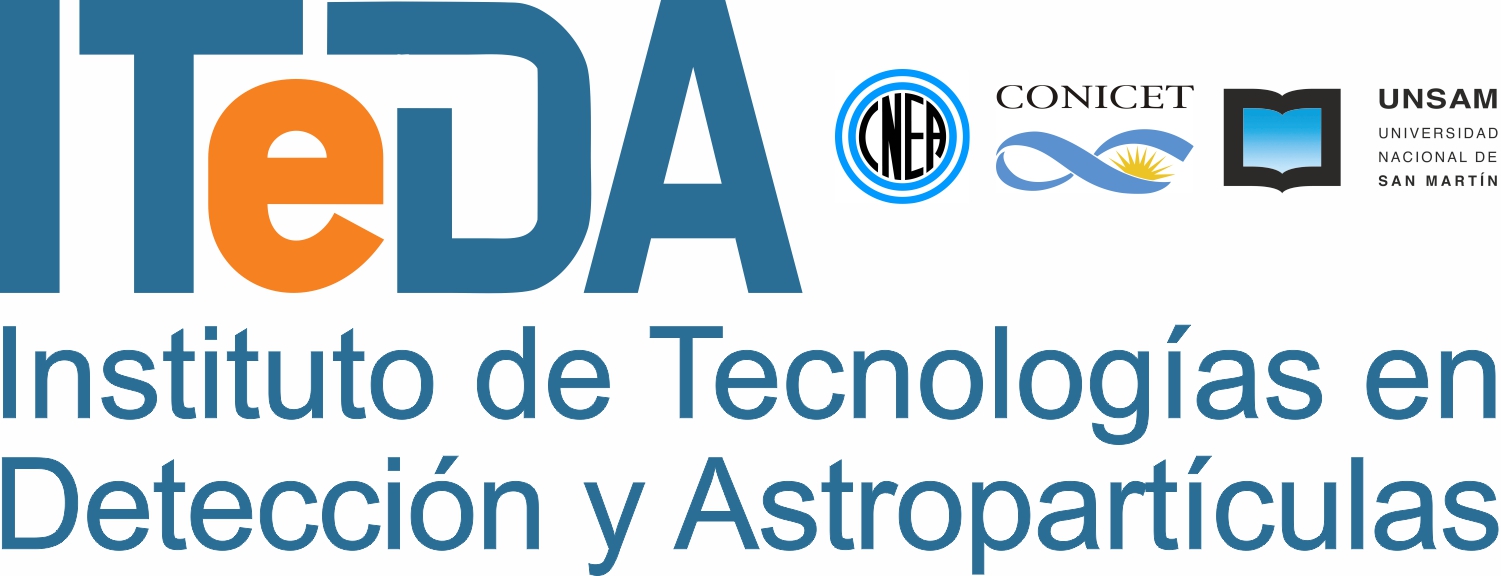General Project Information

The AMIGA (Auger Muons and Infill for the Ground Array) project is an extension of the Auger Observatory and aims to expand the energy detection range by more than an order of magnitude, up to 1017eV, its scientific objective being the study of the transition zone (between 1017 and 1019eV) of galactic to extragalactic sources of cosmic rays. It is then an area of immense astrophysical interest, marking the beginning of the study of extragalactic sources that at higher energies has allowed the dawn of a new type of astronomy, charged particle astronomy. To carry out this detection, AMIGA will be composed of an infill ) of 85 pairs of DSs (surface detectors) and DEs (buried detectors) of which 61 will be separated at 750m and 24 at 433m. The DEs will consist of 4 muon counters made up of 64 plastic scintillators, a multi-pixel PMT and acquisition electronics that will work together with the surface detector (detection of Cherenkov radiation in water). The muon counters will be buried approximately 2.5m underground to achieve detection of only the muon component of the particle shower.
AMIGA is formed by an international collaboration that includes Germany, Argentina, Spain, Italy, Mexico, and Poland.
Participation of ITeDA in the Project
ITeDA is the institution that created the project and is the one that makes the greatest contribution to it. At ITeDA the tasks of: 1) Simulations – Data Acquisitions – Reconstructions, 2) Scintillator Modules, 3) Photomultipliers – Pulses – Databases, 4) Telecommunications, and 5) Electronics Design, Installation and Interconnection are being directed.
In addition, the institute has facilities and laboratories created to measure to be able to test and characterize all the modules and PMTs prior to their placement to ensure their correct functioning and have full knowledge of their parameters.
